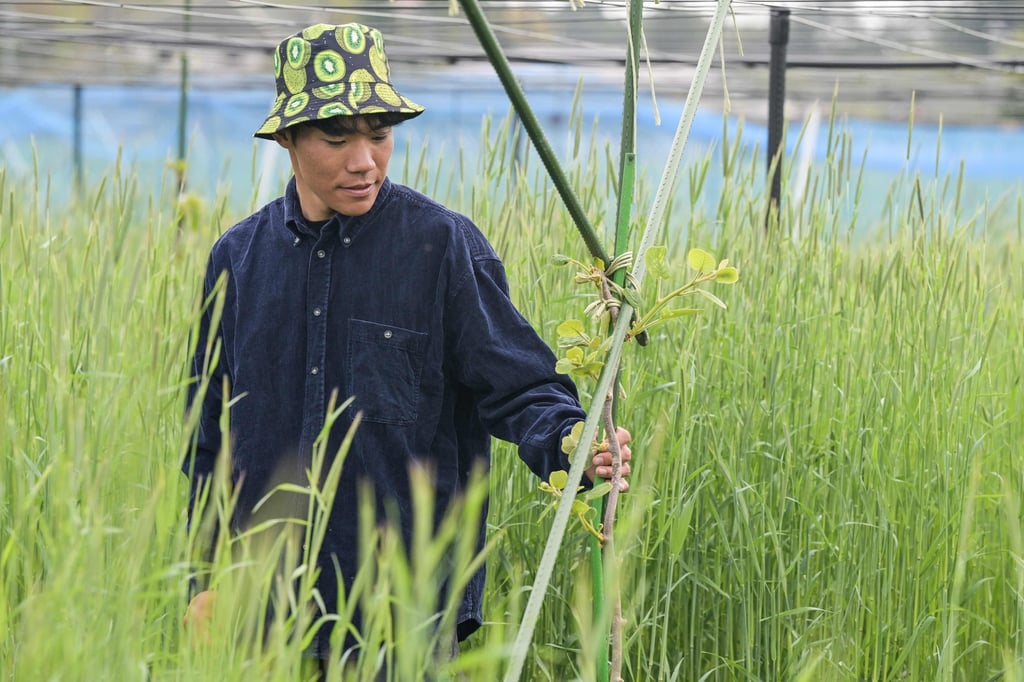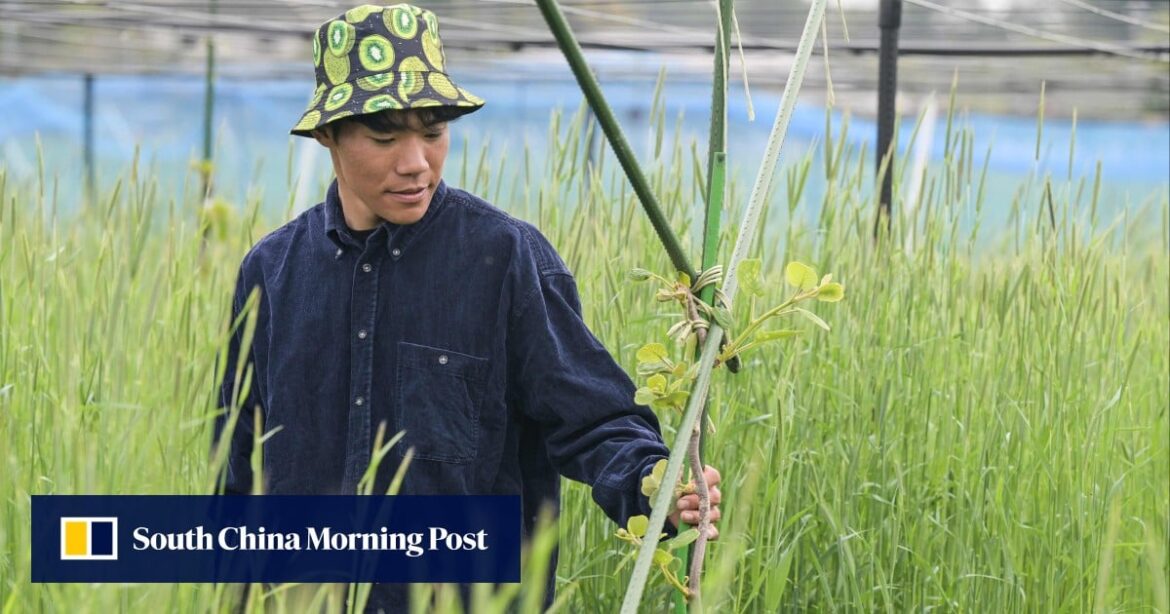A short drive from the site of the Fukushima nuclear disaster in northeast Japan, novice farmer Takuya Haraguchi tends to his kiwi saplings under the spring sunshine, bringing life back to a former no-go zone.
Haraguchi was 11 years old when the country’s strongest earthquake on record struck in March 2011, unleashing a tsunami that left 18,500 people dead or missing.
The wall of water crashed into the Fukushima Daiichi nuclear power plant, causing a devastating reactor meltdown.
At the time, the bookish young Haraguchi, who grew up far away in Osaka, feared that radiation would make the whole country uninhabitable. Haraguchi, from Osaka, was 11 when the 2011 Tohoku earthquake and tsunami caused a meltdown at the Fukushima Daiichi nuclear power plant. Photo: AFPBut now, aged 25, the new resident of the rural town of Okuma says he believes in the future of Fukushima.
Haraguchi, from Osaka, was 11 when the 2011 Tohoku earthquake and tsunami caused a meltdown at the Fukushima Daiichi nuclear power plant. Photo: AFPBut now, aged 25, the new resident of the rural town of Okuma says he believes in the future of Fukushima.
“Everyone knows about the nuclear accident. But not many people know about this area, and how it’s moving forward,” Haraguchi, tanned from working on his farm, says.


AloJapan.com